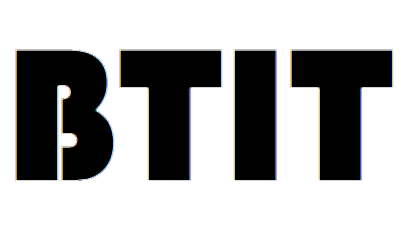AI Adoption Maturity Frameworks
 AI adoption maturity models are frameworks designed to assess and guide organisations in their journey towards integrating and leveraging artificial intelligence (AI) technologies. These models typically outline various stages or levels of maturity, providing a structured approach to evaluate current capabilities, identify gaps, and plan strategic initiatives to enhance AI adoption.
AI adoption maturity models are frameworks designed to assess and guide organisations in their journey towards integrating and leveraging artificial intelligence (AI) technologies. These models typically outline various stages or levels of maturity, providing a structured approach to evaluate current capabilities, identify gaps, and plan strategic initiatives to enhance AI adoption.
Several prominent AI adoption maturity models are widely recognised, each providing a unique perspective on how organisations can evaluate and enhance their AI capabilities. Below are descriptions of some of the most notable ones:
1. Gartner's AI Maturity Model
Gartner's model outlines five levels of AI maturity, focusing on how organisations can enhance their AI strategies and implementations to maximise value:
- Awareness: Organisations are aware of AI but have not begun formal initiatives.
- Active: Initial AI projects are underway, driven by individual departments.
- Operational: AI projects are more coordinated and integrated into business processes.
- Systemic: AI is embedded across the organisation and strategically aligned with business goals.
- Transformational: AI drives innovation and creates new business models.
For more detailed information, you can visit Gartner's official page.
2. Deloitte’s AI Adoption Framework
Deloitte’s model includes four levels of maturity, emphasising the strategic integration of AI:
- Foundational: Basic understanding of AI with initial exploratory projects.
- Skilled and Structured: Development of AI skills with more structured initiatives.
- Integrated and Aligned: AI initiatives are integrated and aligned with business objectives.
- Strategic and Transformational: AI becomes a core component of business strategy, driving innovation and transformation.
For a detailed exploration, visit Deloitte Insights.
3. McKinsey’s AI Transformation Framework
McKinsey's framework highlights five stages, focusing on integrating AI into business processes:
- Ad-hoc: Initial AI experiments without a strategic approach.
- Localized: More coordinated AI projects in specific areas.
- Integrated: AI initiatives are integrated across multiple functions.
- Enterprise: AI is part of the business strategy with enterprise-wide implementation.
- Embedded: AI drives continuous innovation and is deeply embedded in the organisation’s DNA.
More details are available on McKinsey’s website.
4. IDC’s AI Maturity Model
IDC's model includes five stages, emphasising data management and operational efficiency:
- Ad Hoc: Sporadic and uncoordinated AI use.
- Opportunistic: More coordinated but opportunistic AI projects.
- Repeatable: AI projects become consistent and repeatable.
- Managed: AI initiatives are managed and integrated into business strategy.
- Optimised: AI drives continuous improvement across the organisation.
Further information can be found on IDC's website.
These models provide comprehensive frameworks for organisations to assess their AI capabilities and strategically plan their AI adoption journeys.
